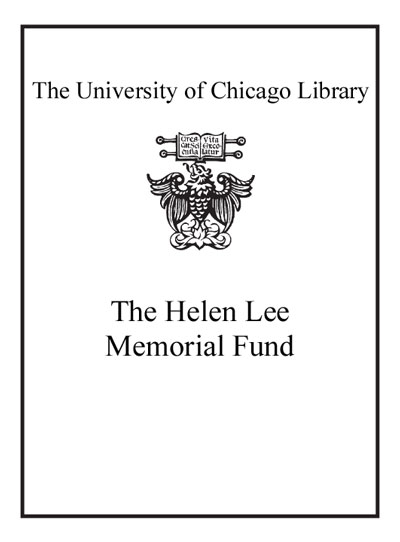Review by Choice Review
Yazbak's study of the kaza (district) of Haifa in the late Ottoman period represents an important work in local history. It relies heavily on statistics gleaned from the sijillat (Islamic courts), as illustrated by the author's inclusion of more than 35 tables supporting his data. An introductory chapter treats the general history of Palestine prior to 1864, providing a wealth of concise information on the Ottoman period and the course of relevant events. Yazbak then examines the administration of Haifa's district as reorganized by the Ottoman Law of Provinces of 1864. The demography provides excellent insight into population composition and distribution, especially the two-tiered division of society into notables and commoners. The chapter on the social status of Muslim women reveals their family structure and ties, as well as social factors in their lives. The last chapter dwells on intercommunal relations, an important consideration given the sectarian Muslim, Jewish, and Christian affiliations of Haifa's populace. The study is well illustrated with relevant charts and maps and is enhanced by a glossary of Arabic terms used, a modest bibliography, and a list of sijillat consulted. Upper-division undergraduates and above. C. E. Farah; University of Minnesota
Copyright American Library Association, used with permission.
Review by Choice Review

